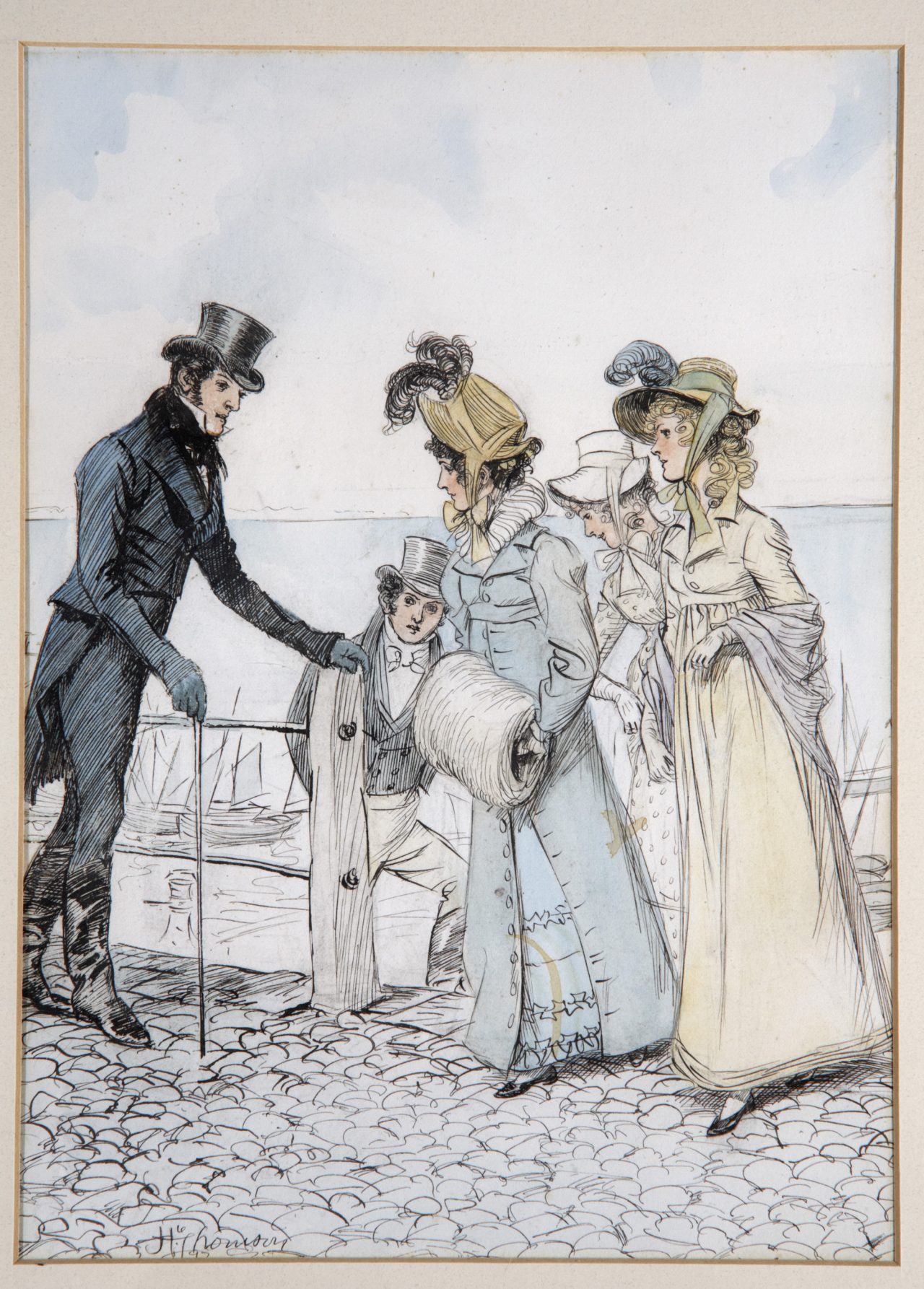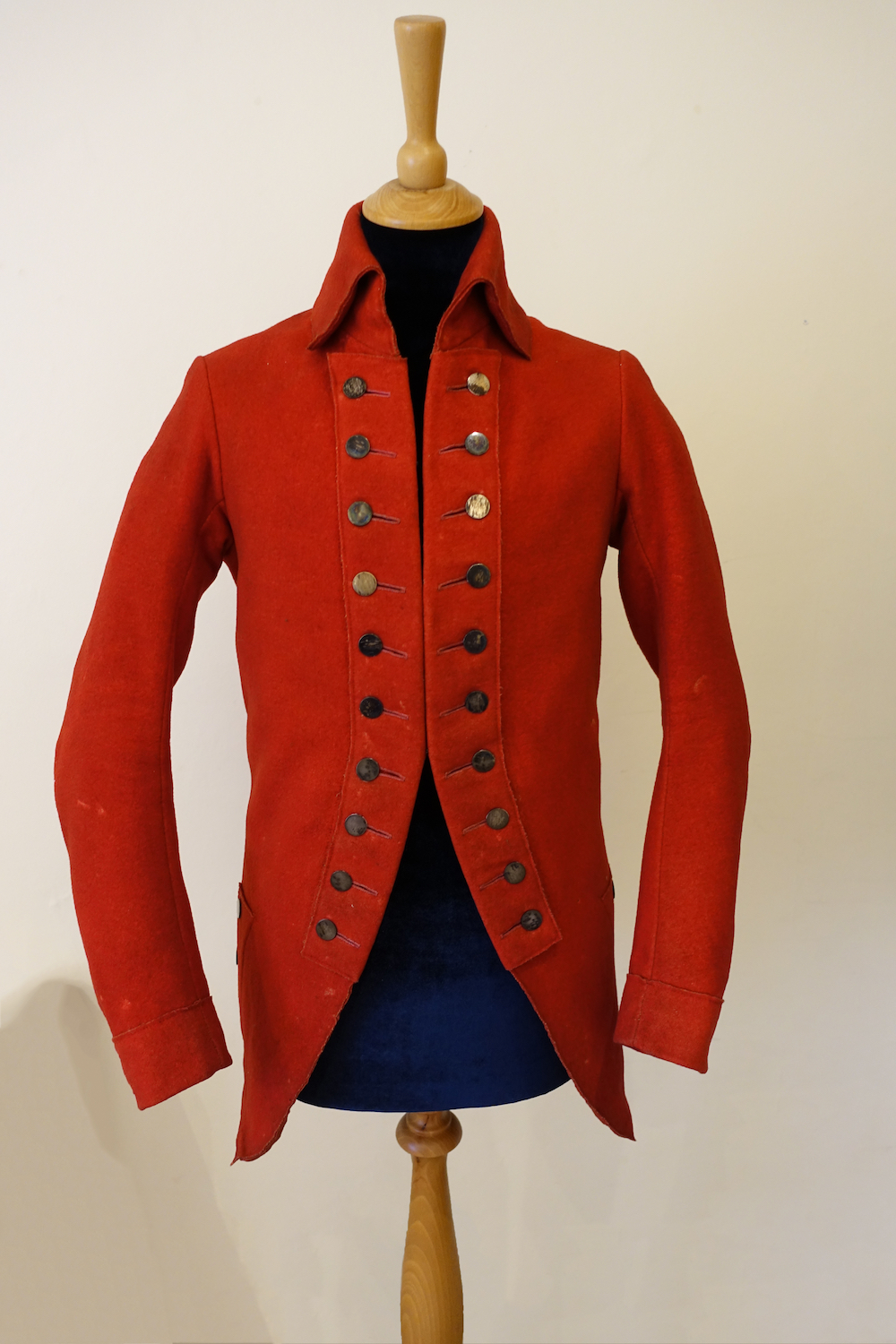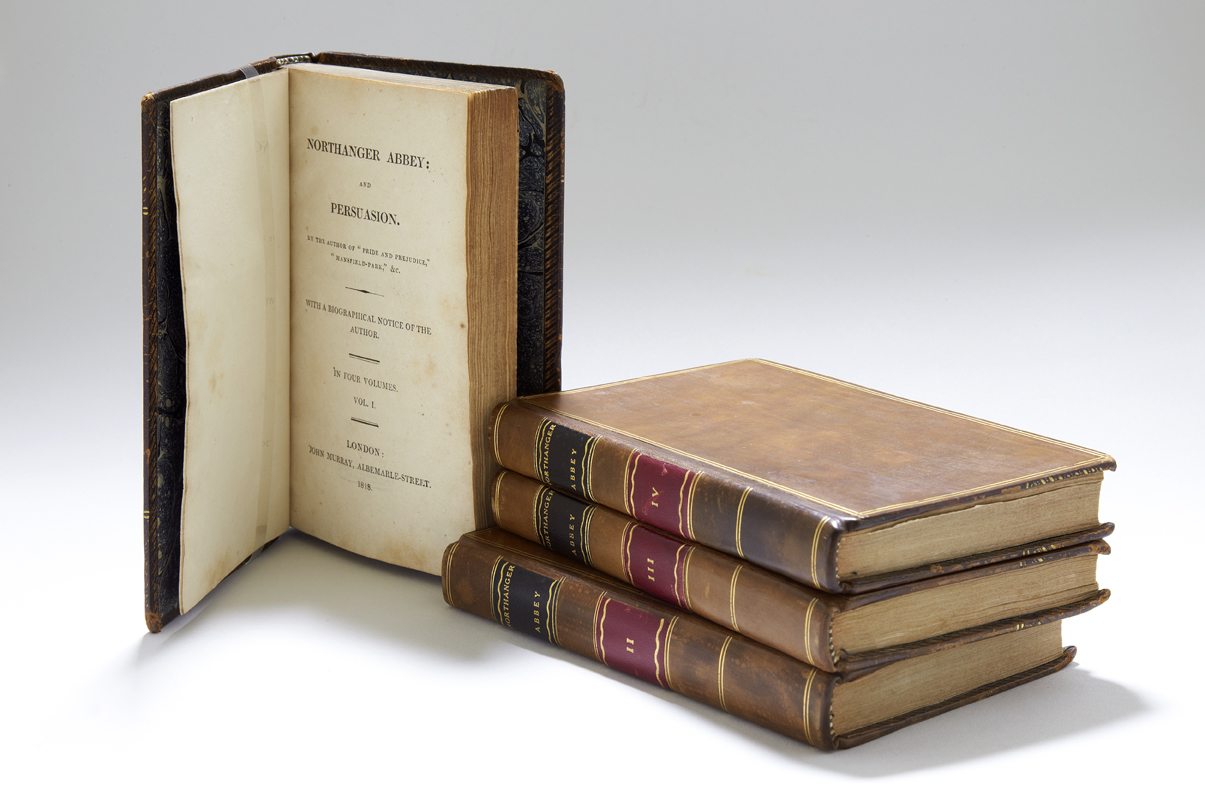Celebrating 250 years since the birth of one of the country’s greatest writers, from June 2025 Dorset Museum and Art Gallery will stage a wide-ranging exhibition exploring Jane Austen (1775-1817) and her relationship with the sea and coastal towns.
Featuring Regency costume, Jane Austen’s letters, paintings, contemporary objects and interactive spaces, Jane Austen: Down to the Sea will be a must-see show in an important year for fans of Austen. As a major setting in Persuasion, Dorset is also a fitting county to host one of the major exhibitions as part of the 250 celebrations.
The exhibition will explore the sea both as a setting and character in her fictional worlds, as well as its effect on Jane Austen herself, and how it influenced and impacted her as an author. Highlighting the importance of the sea in Britain’s Regency era (c1795-1837), from holiday getaways to naval battles, the exhibition will also dive deep into its duality, where it harbours both positive and negative connotations to a person’s character.

Many of Austen’s novels incorporated themes and plots interwoven with the sea. In Persuasion Anne Elliot is “restored” by her visit to the seaside, and Lyme Regis itself stirs various emotions in the characters, such as when Louisa Musgrove is transfixed by the harbour wall around the bay. A first edition of the novel from the Jane Austen’s House in Chawton will be on display. Sailors and Admirals are included in the cast of characters in Mansfield Park, while the titular Emma first sees the sea on her honeymoon. The seaside is also a location for scandal, such as when the devious Mr Wickham targets Lydia Bennet in Brighton in Pride and Prejudice. Austen’s final – and unfinished – manuscript Sanditon is set at a “rising” fictious coastal resort on the Sussex coast.
The sea was also important to Austen herself. She probably saw the sea at the age of 7 when she went to school in Southampton, and would often visit coastal resorts on holiday, which made their way into her novels. Two of her brothers were sailors in the Navy, and she looks out to sea in a watercolour painted by her sister.
Dancing
In the exhibition space, costumes will show what cutting-edge fashion both men and women were expected to show off, including the riding coat of Austen’s brother, as well as a pink egret feather cockade that was probably worn by the author. Objects such as playing cards and seaside guidebooks will help explain how important evening balls were during these holidays on the coast, including the dancing slippers of Austen’s niece.

The practice of sea bathing was becoming fashionable as a health treatment, and Austen herself praised its benefits after contracting a fever in Lyme Regis. In Pride and Prejudice, Mrs Bennet said that “a little sea bathing would set me up forever”, while in Emma the Knightleys spend the summer sea-bathing following advice from their doctor. The exhibition will explore this interest, from bathing huts, and bathing machines pulled by horses to the clothes typically worn. And a new and incredible interactive display will allow visitors to step back in time and experience what everyone was excited (and apprehensive) about.
The exhibition will also include several contemporaneous paintings that evoke the scenes and atmosphere of a coastal town. Fictional descriptions, first-hand accounts and drawings will highlight how important the sea was to Jane Austen and how the sights and society of Dorset can bring a greater understanding to her stories, and how the sights and society of the surrounding area can bring a greater understanding to her stories.

These objects and much more, including further interactive displays, will make Dorset Museum and Art Gallery an essential place to be in a celebratory year.
Celebration
Claire Dixon, Executive Director of Dorset Museum says: “This is an exciting opportunity for us to showcase the significance of Dorset for one of our most well-loved authors. We are also pleased to be working with students at Arts University Bournemouth to recreate seaside scenes and enable our visitors to connect with this story in ways that are relevant, informative and fun. We invite local residents and holiday makers to celebrate the life and work of Jane Austen with us and learn more about the role of Dorset as a seaside destination.”
- Northanger Abbey and Persuasion. Published by MacMillan & Co, 1897. © Jane Austen’s House, Chawton
- Weymouth and Portland Taken near the Turnpike, J.W. Upham, 1812. © Dorset Museum & Art Gallery
For more information www.dorsetmuseum.org
See also: Prime Ministers’ Portraits for Auction















